In 2025, the European Union will introduce two new systems to strengthen the management of its external borders: EES and ETIAS. The aim is to modernize controls, improve security and facilitate the flow of travelers. Find out what’s going to change and how to prepare.
The European Union is preparing to revolutionize the management of its external borders with the introduction of two groundbreaking systems: the Entry/Exit System (EES) and the European Travel Information and Authorisation System (ETIAS).
These new measures are designed to modernize passenger control, enhance security and simplify the management of migratory flows. Their deployment, initially scheduled for earlier, has been postponed several times, and should finally take place during 2025.
What is the EES?
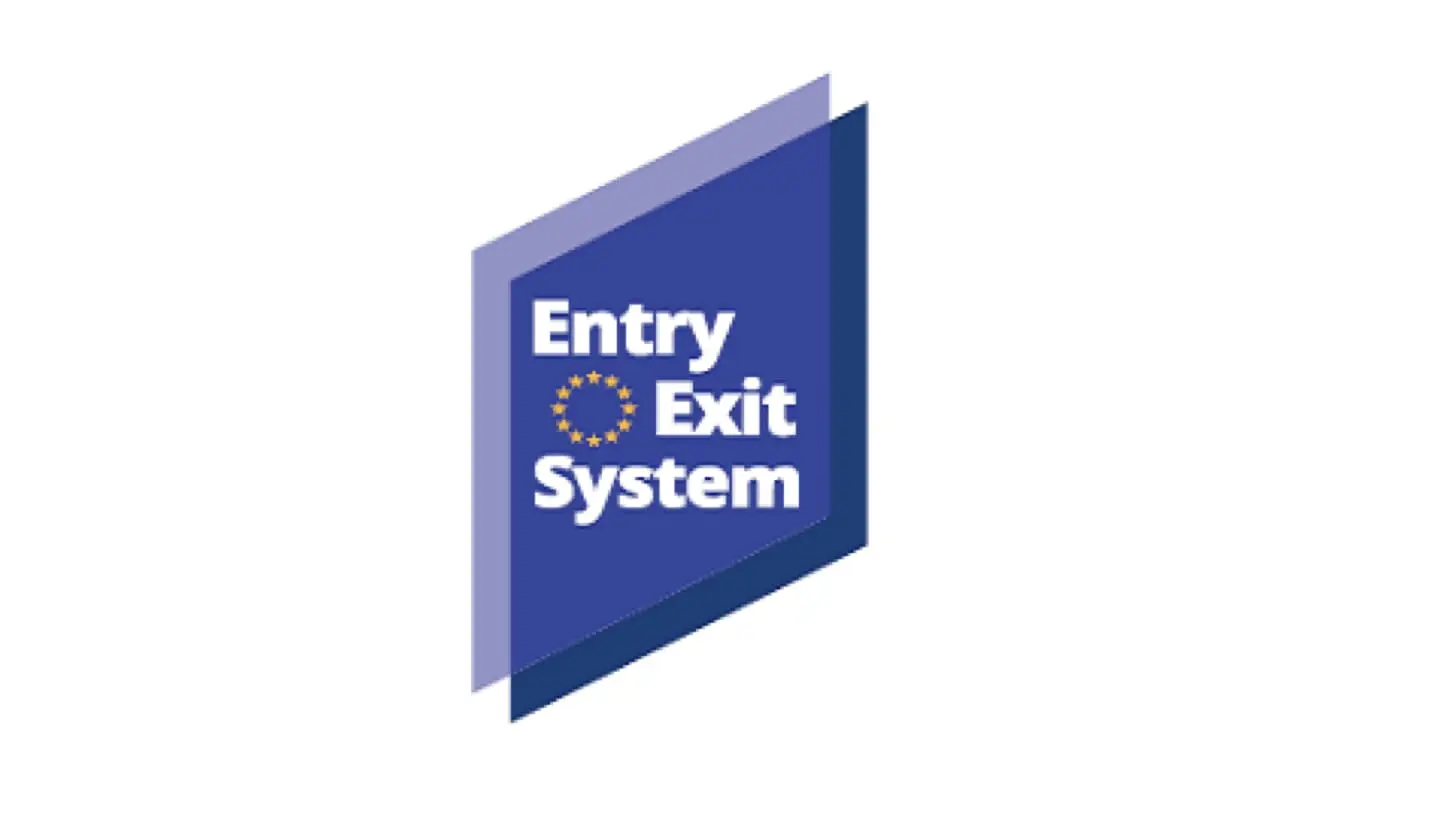
The Entry/Exit System (EES) is a digital register that will replace the manual stamping of passports at Schengen borders. It will be used to electronically record the entry and exit of short-stay travellers from third countries (up to 90 days out of 180).
Objectives and operation of the EES
EES aims to :
- Combat illegal immigration by detecting overstayers.
- Improve control efficiency by speeding up formalities for regular travellers.
- Enhance security by facilitating the identification of suspicious or wanted persons.
Data collected
When crossing a border outside the Schengen area, travelers will have their data electronically recorded:
- Full name
- Passport number
- Date and place of entry/exit
- Biometric data (fingerprints and facial photo)
EES will apply to nationals of non-EU countries who benefit from a visa waiver to enter the Schengen area, as well as to those with a short-stay visa.
More details on the EES system are available on the European Union website: travel-europe.europa.eu.
What is ETIAS?
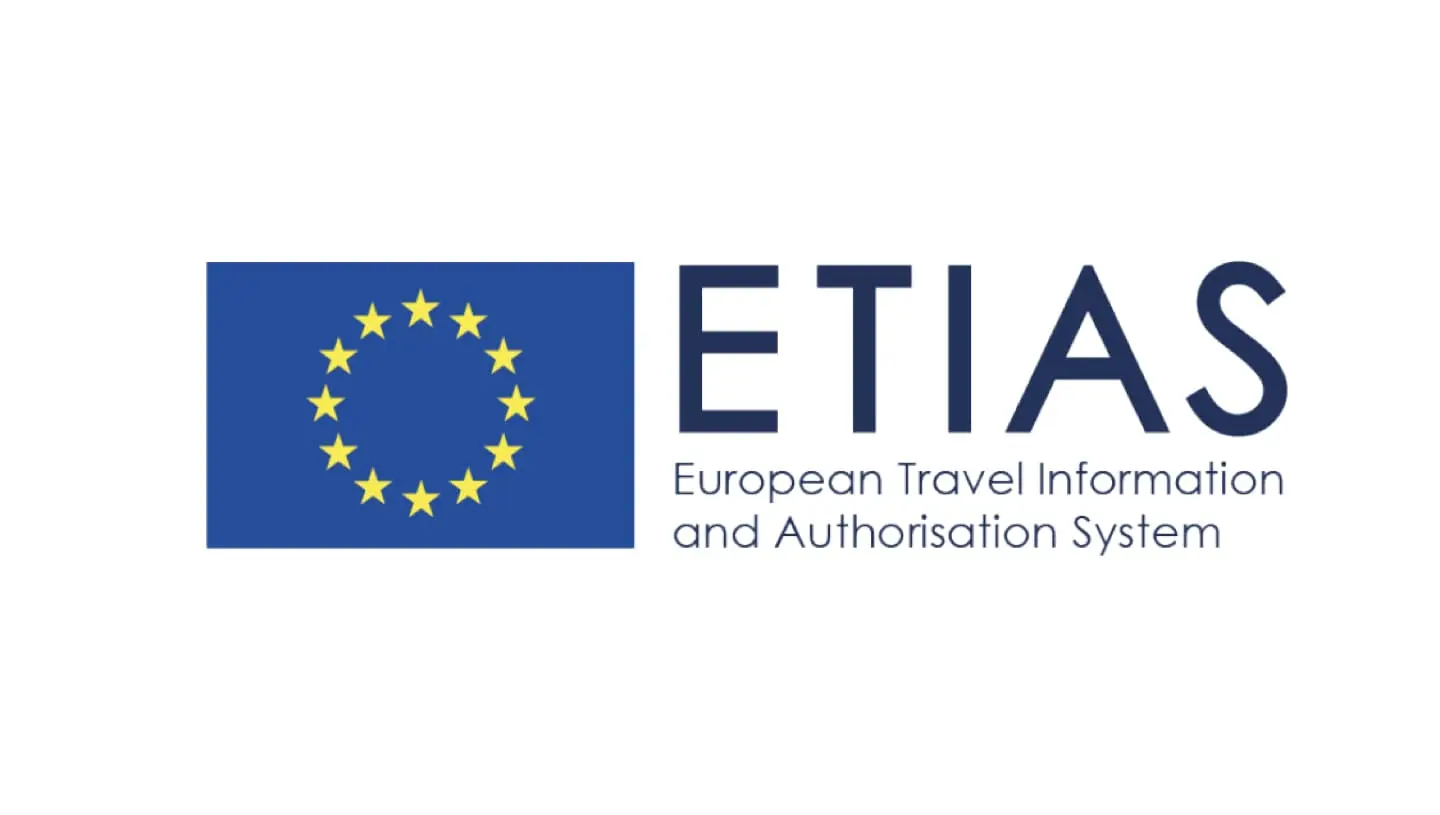
The European Travel Information and Authorisation System (ETIAS) is a compulsory travel authorization for visa-exempt travellers wishing to visit one of the 29 countries belonging to the Schengen area, as well as Cyprus, for a short stay.
Which countries require ETIAS?
An ETIAS authorization is required to visit the following countries:
- Austria
- Belgium
- Bulgaria
- Croatia
- Cyprus
- Czech Republic
- Denmark
- Estonia
- Finland
- France
- Germany
- Greece
- Hungary
- Iceland
- Italy
- Latvia
- Liechtenstein
- Lithuania
- Luxembourg
- Malta
- Netherlands
- Norway
- Poland
- Portugal
- Romania
- Slovakia
- Slovenia
- Spain
- Sweden
- Switzerland
Who needs to apply for an ETIAS authorization?
Citizens of the following countries remain exempt from Schengen visa requirements, but must apply for an ETIAS for short stays in Europe:
- Albania
- Antigua and Barbuda
- Argentina
- Australia
- Bahamas
- Barbados
- Bosnia and Herzegovina
- Brazil
- Brunei
- Canada
- Chile
- Colombia
- Costa Rica
- Dominica
- Georgia
- Grenada
- Guatemala
- Honduras
- Hong Kong
- Israel
- Japan
- Kiribati
- Kosovo
- Macao
- Malaysia
- Marshall Islands
- Mauritius
- Mexico
- Micronesia
- Moldova
- Montenegro
- New Zealand
- Nicaragua
- Northern Macedonia
- Palau
- Panama
- Paraguay
- Peru
- Saint Kitts and Nevis
- Saint Lucia
- Saint Vincent and the Grenadines
- Salvador
- Samoa
- Serbia
- Seychelles
- Singapore
- Solomon Islands
- South Korea
- Taiwan
- Timor-Leste
- Tonga
- Trinidad and Tobago
- Tuvalu
- Ukraine
- United Arab Emirates
- United Kingdom
- United States
- Uruguay
- Venezuela
ETIAS objectives
ETIAS aims to :
- Enhance security by screening travellers before they arrive.
- Facilitate border crossings by anticipating controls.
- Improve the management of migration flows.
How does ETIAS work?
Before departure, travelers will need to fill in an online form on the official travel-europe.europa.eu portal to obtain an ETIAS authorization. This process will cost 7 euros / 8 US$ (free for minors and over-70s) and will require:
- Personal details (address, occupation, marital status, etc.).
- Travel history (visits to conflict zones, possible criminal offenses…).
- Passport details.
Data will be cross-referenced with European and international databases (Interpol, Europol). If no alerts are detected, authorization will be granted in a matter of minutes, and will remain valid for up to 3 years.
Differences between EES and ETIAS
| Features | EES | ETIAS |
|---|---|---|
| System type | Entry/exit register | Electronic travel authorization |
| Target audience | All non-EU travellers | Visa-exempt travellers |
| Collected data | Passport, fingerprints, photo | Personal information and background |
| Main objective | Stays and flows control | Pre-arrival screening |
| Cost | Free | 7 € / 8 US$ |
| Validity | Unique for each passage | 3 years / Multiple entries |
ETIAS and EES implementation schedule
The deployment schedule for these systems has been postponed several times due to technical and logistical difficulties. EES should be deployed first, followed by ETIAS authorization 6 months later.
According to the latest official announcements:
- Spring 2025: EES should be operational.
- Autumn / Fall 2025: ETIAS will come into force, but authorization will remain optional for the first 6 months.
- Spring 2026: ETIAS becomes mandatory for visa-exempt travellers.
According to Doug Bannister, British Port of Dover chief executive, the EES system is not expected to be implemented before November 2025…
These dates are subject to adjustment as implementation progresses.
What impact will this have on travellers?
With the introduction of EES and ETIAS :
- Border crossings will be more automated, thanks to the elimination of manual stamping.
- Checks may take longer for people entering the EU for the first time under the new system (biometric registration required).
- Visa-exempt travellers will need to apply for an ETIAS authorization in advance of their trip.
Carriers (airlines, railways and shipping companies) will be responsible for checking the validity of ETIAS authorizations before boarding.

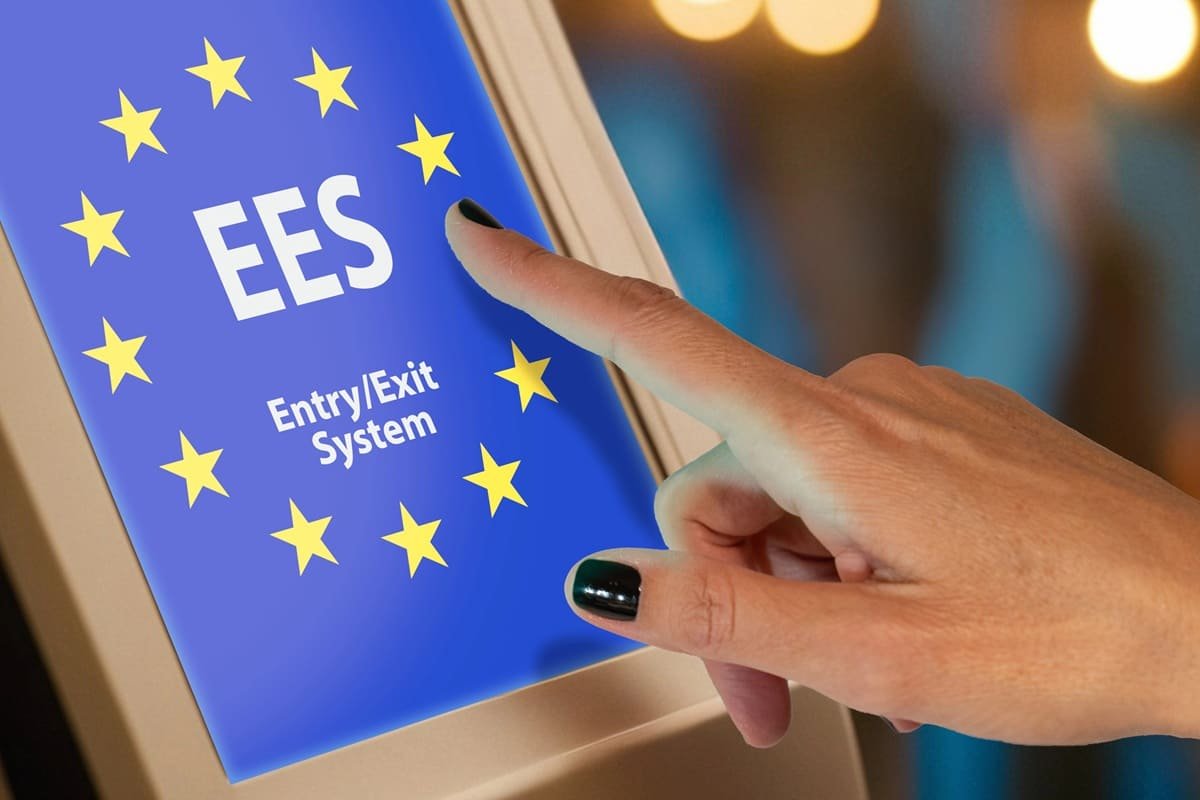
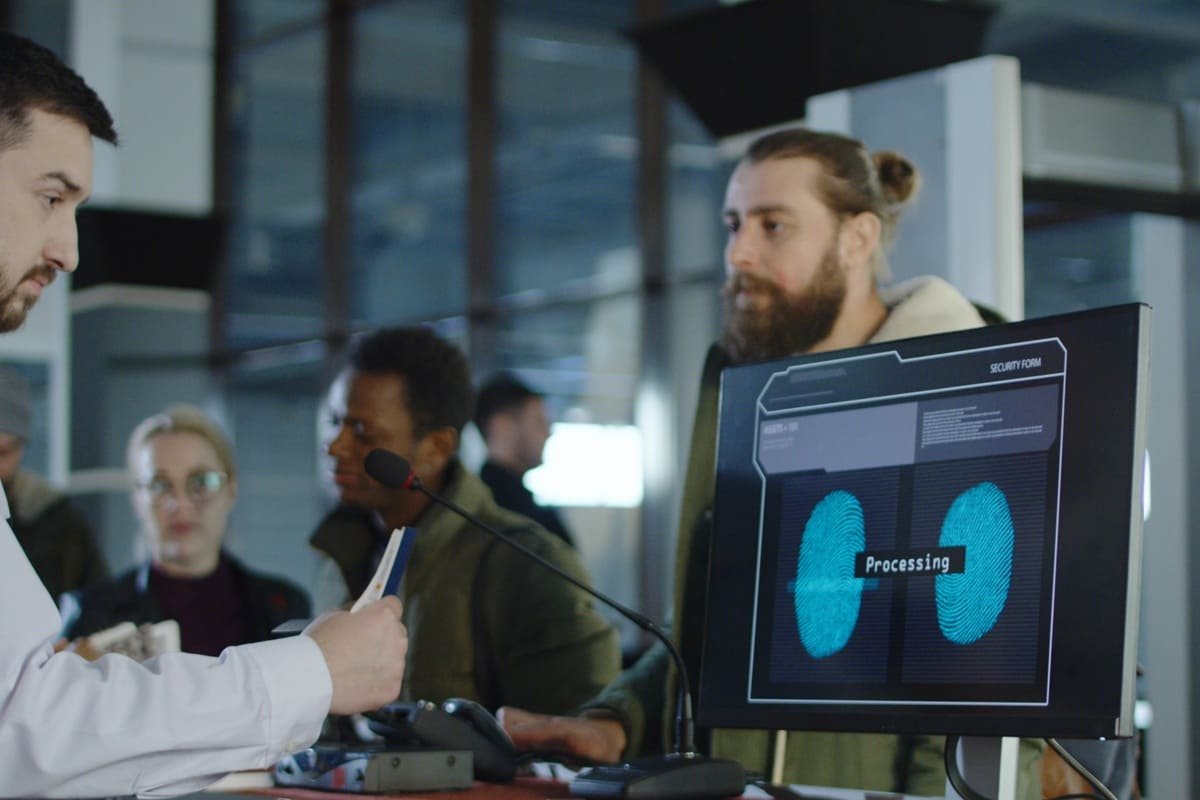

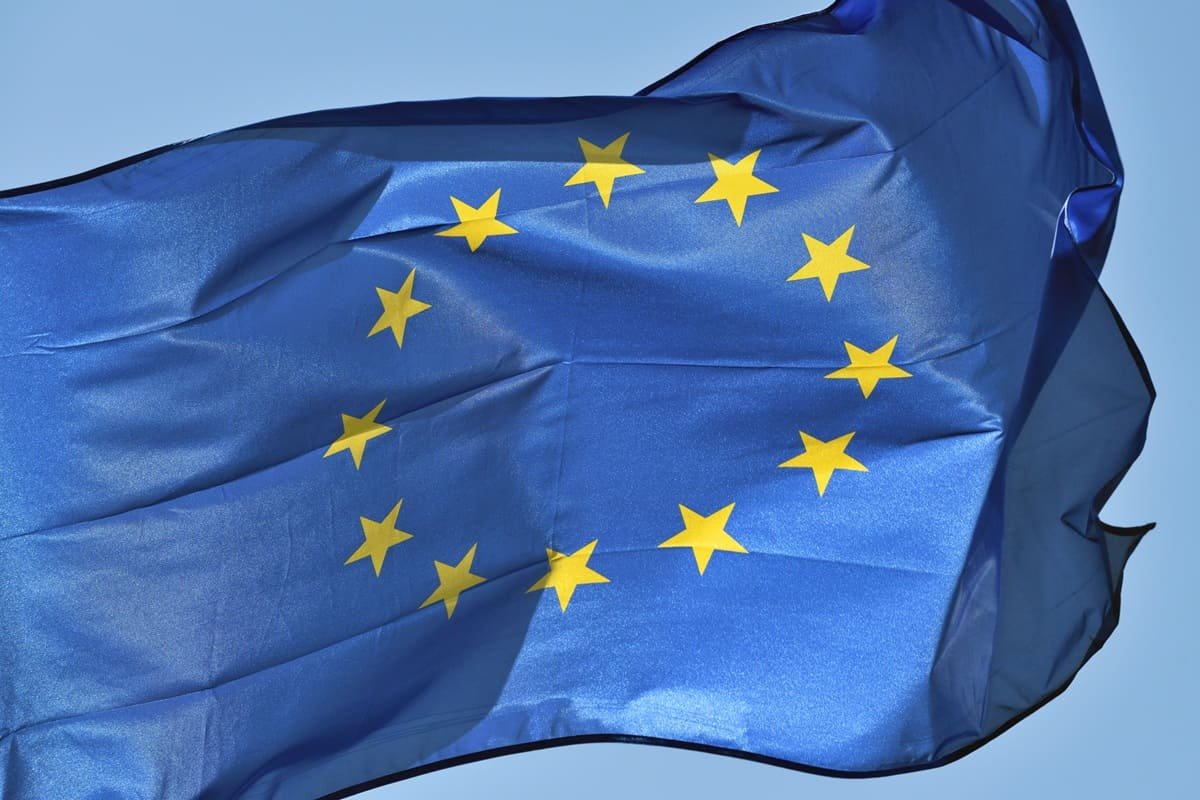

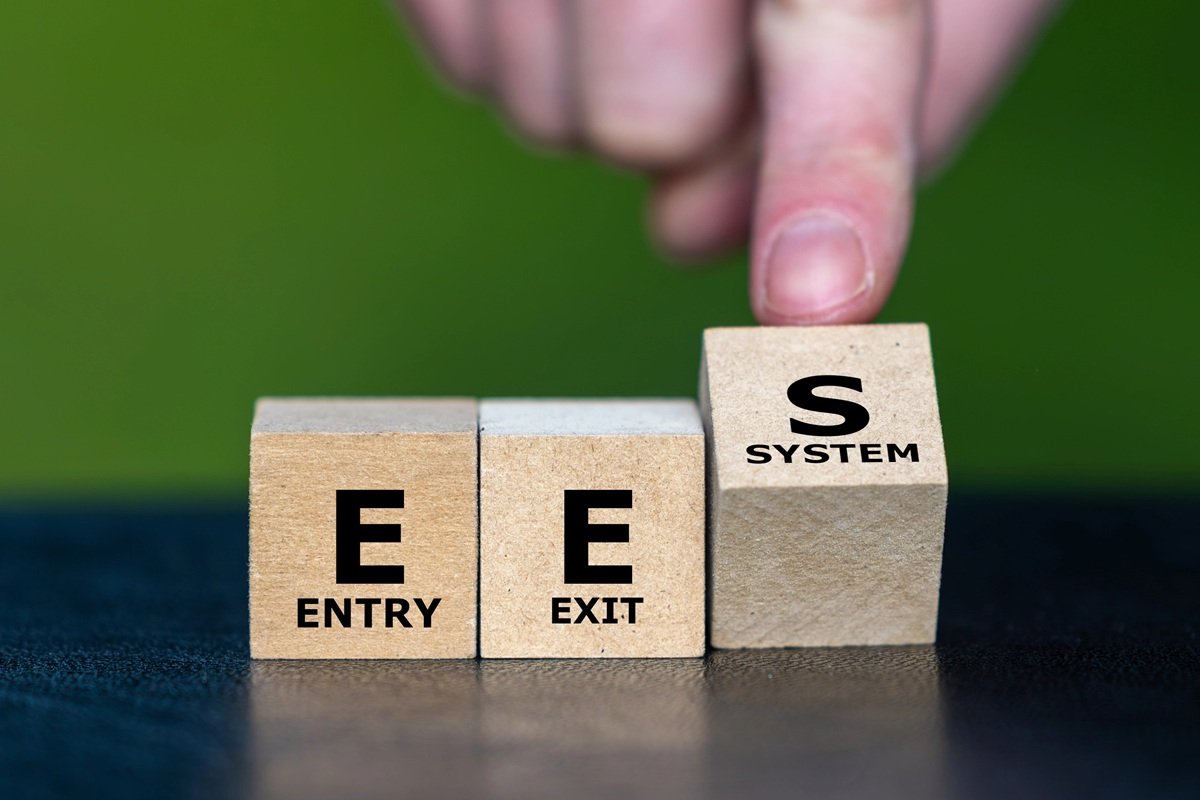

So when does this go live this year or next year
What about official long term residents of Cyprus but UK passport holders (notwithstanding that Cyprus may be a Schengen country by then). Will they need to complete ETIAS application.
If you live in Northern Ireland but hold an Irish passport are you exempt from Ees and Etias?
Keep in mind you will need the EES if you are changing planes in the UK.
I am a holder of a Irish passport and travelling with my wife who has a UK passport do we both need an ESTIA or can I travel without? And can my wife travel without an ESTIA because she is travelling with me?
So travelling to Europe from the uk for a 2 week holiday will I need the eitas or ees or do I need both.
Does this mean don’t need estia from uk to Europe for 2 week holiday till 2026
I’m a bit confused, but if it says it will start in the “fall” then I think we may be ok for this Summer 25 You would think the travel companies, would send out emails. or put on their sites!!
Fall? We don’t speak ‘Yankee’. It’s Autumn. Comes after Summer and before Winter.
Indeed, as an English speaker I too find the creep of the American language into English irritating. It is time for it to be referred to and accepted as the American language.